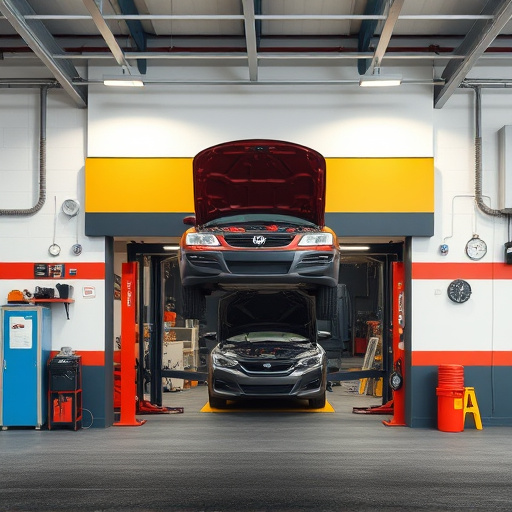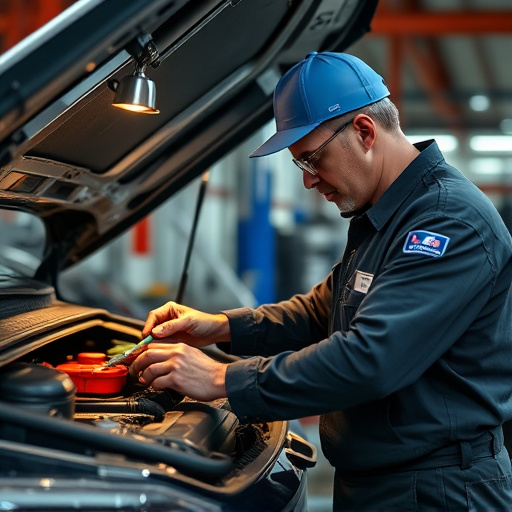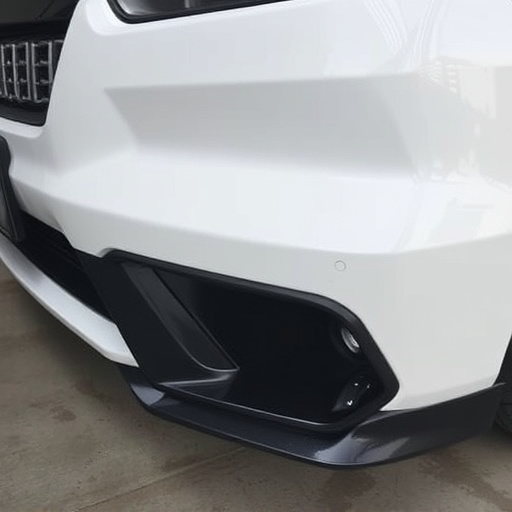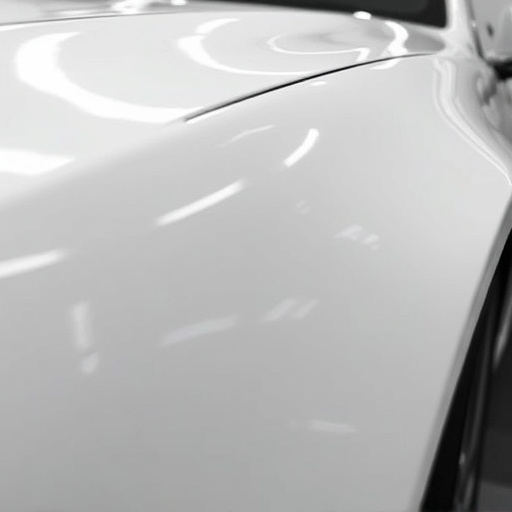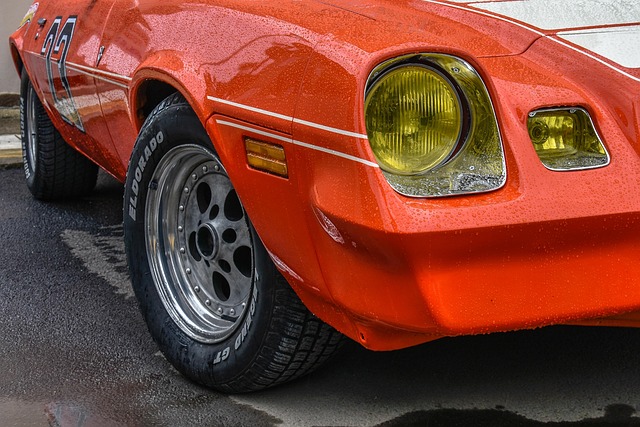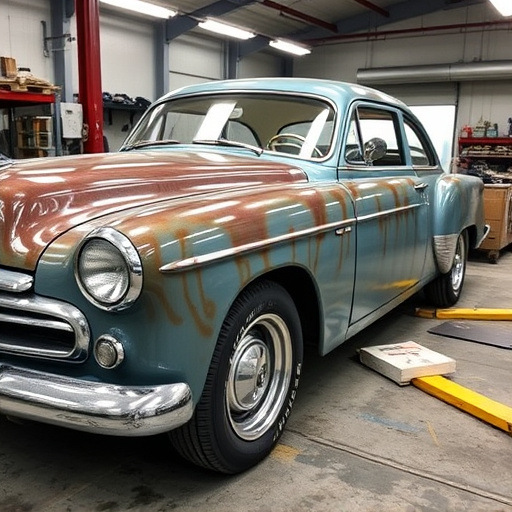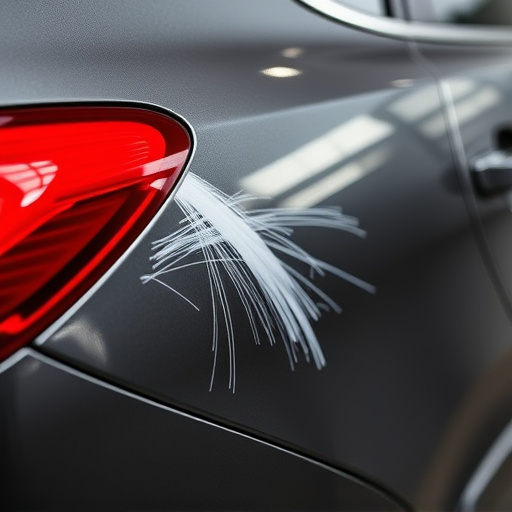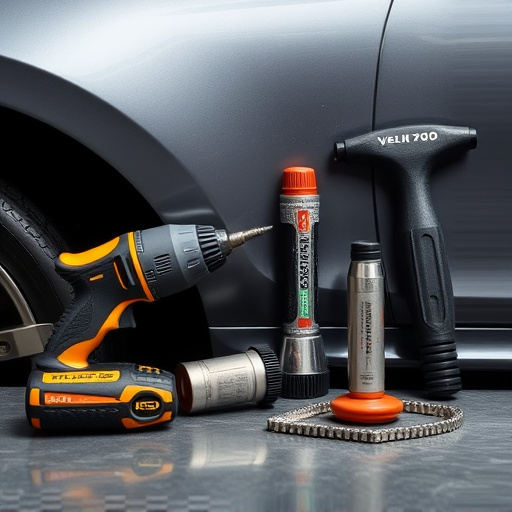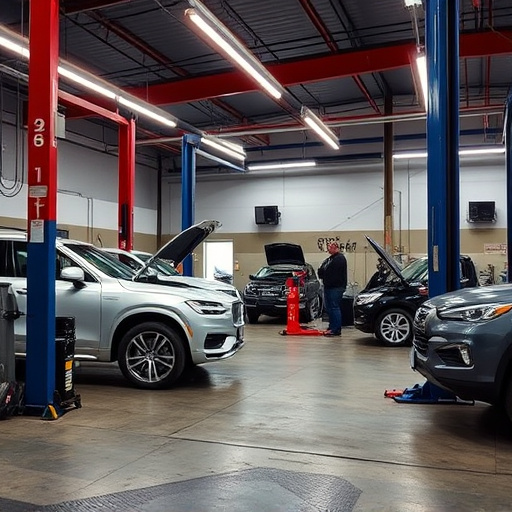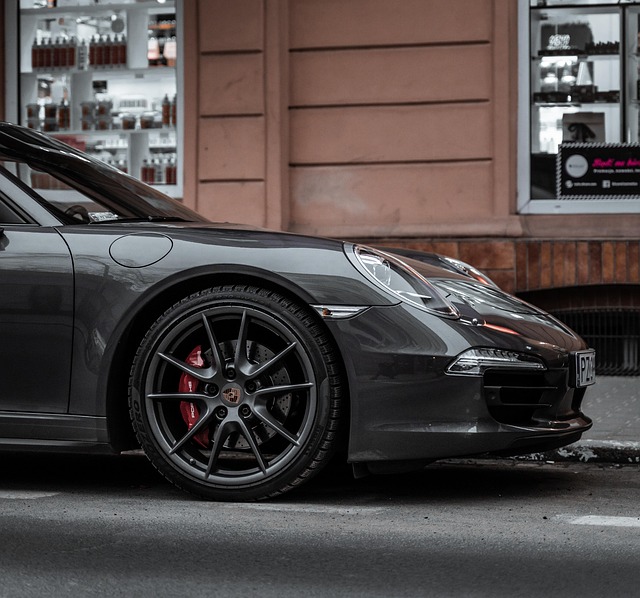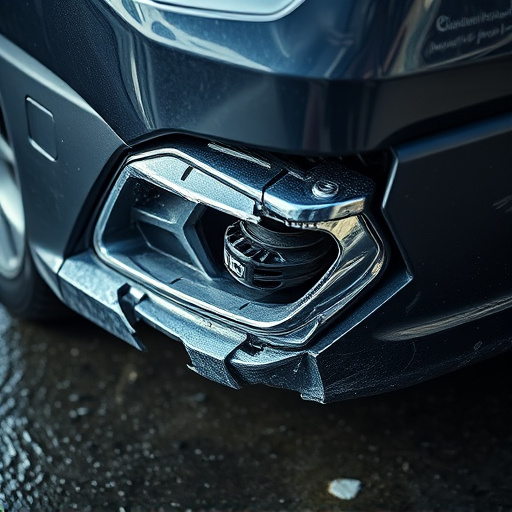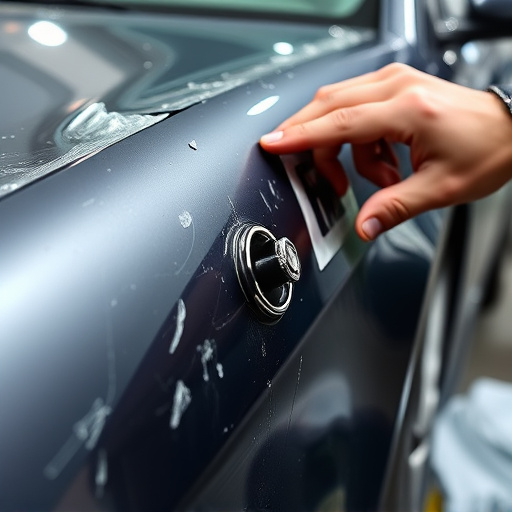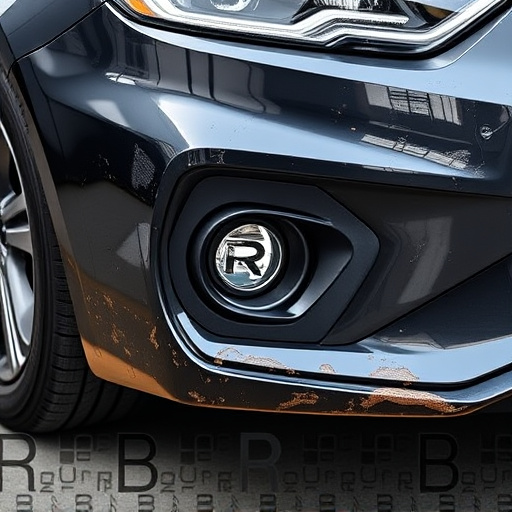Tesla ceramic coating after repair offers superior protection for vehicle finishes, enhancing durability and aesthetics with a glossy, vibrant look. Applied in climate-controlled environments, it ensures optimal curing, safeguarding against scratches, stains, UV rays, and environmental contaminants, especially crucial post-collision or restoration. Best practices include thorough cleaning, proper surface preparation, maintaining ideal climate conditions (50°F-80°F / 10°C-27°C, humidity <60%), and adhering to manufacturer drying time guidelines for a long-lasting, glossy finish.
Tesla vehicles are renowned for their advanced technology, and protecting their paintwork with a ceramic coating is a popular choice. This article explores the intricacies of applying a Tesla ceramic coating post-repair, focusing on climate-controlled application methods for optimal results. We’ll delve into the benefits of this process, including enhanced protection, improved durability, and a superior finish. By understanding these key aspects, owners can ensure their Tesla’s paint remains in pristine condition.
- Understanding Tesla Ceramic Coating After Repairs
- Benefits of Climate-Controlled Application Process
- Best Practices for Optimal Coating Results
Understanding Tesla Ceramic Coating After Repairs
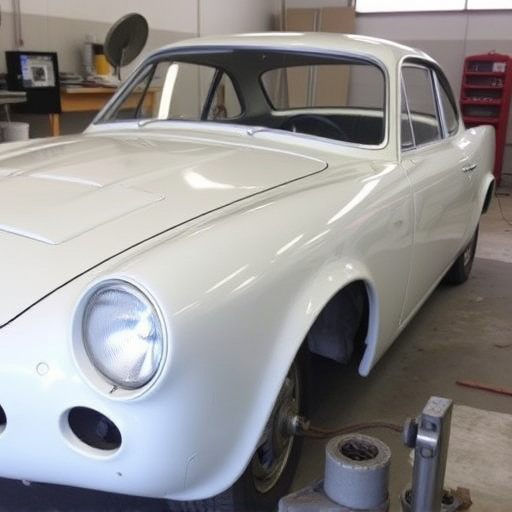
After a car undergoes repair, particularly through collision repair services or dent removal processes, applying Tesla ceramic coating becomes a pivotal step in safeguarding the vehicle’s fresh appearance and enhancing its protective layer. This advanced coating is designed to mimic the original factory finish, providing an invisible shield that not only adds a glossy, vibrant finish but also offers superior durability. It acts as a second skin for the car body repair, resisting scratches, stains, and environmental degradation.
Understanding Tesla ceramic coating’s role post-repair is crucial. The process involves meticulous application in climate-controlled environments to ensure optimal performance. This is because the coating needs stable temperature and humidity levels to cure properly, allowing it to form a robust, long-lasting bond with the car’s surface. By understanding these nuances, owners can maximize the benefits of Tesla ceramic coating after their vehicle’s repair, ensuring a sleek, protected finish that complements the high standards of modern car body repair practices.
Benefits of Climate-Controlled Application Process
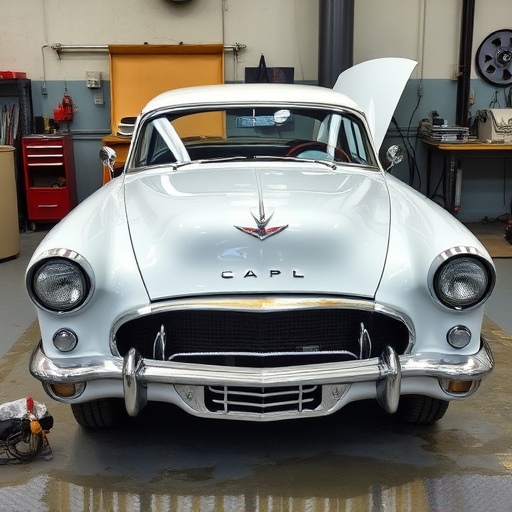
The climate-controlled application process for Tesla ceramic coatings offers several significant advantages when it comes to post-repair vehicle protection. By maintaining a consistent and optimized environmental temperature during coating, this method ensures optimal performance and longevity of the ceramic barrier. This is particularly crucial after a fender bender or bumper repair, where metal surfaces may be heated or cooled unevenly due to impact, leading to potential coating issues.
Moreover, climate control minimizes the risk of premature aging or loss of effectiveness caused by extreme temperatures. It helps maintain the integrity of the coating’s protective layer, shielding your vehicle from harmful UV rays and environmental contaminants. This is especially beneficial in regions with significant temperature variations, ensuring that your Tesla’s exterior remains as pristine and protected as possible, even after collision repair.
Best Practices for Optimal Coating Results
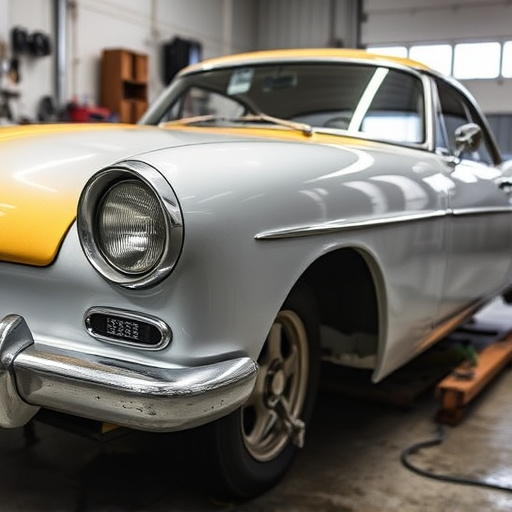
To achieve optimal results with a Tesla ceramic coating after repair or vehicle paint restoration, several best practices should be followed. Firstly, ensure your car’s surface is thoroughly cleaned and prepared before applying any coating. This includes removing all contaminants, dirt, and grease using dedicated cleaning agents to create a smooth base for the ceramic coating. A proper surface profile is crucial; lightly sanding the area can help achieve this, especially if there are minor imperfections or signs of previous repairs.
Secondly, climate control is vital for successful application. The ideal temperature range for applying Tesla ceramic coating after repair is between 50°F and 80°F (10°C to 27°C), with humidity levels maintained below 60%. Avoiding extreme temperatures and high humidity ensures the coating cures properly, leading to a more durable and glossy finish. Additionally, allowing adequate time for drying between coats is essential to prevent bubbles or uneven application, which can be achieved by following the manufacturer’s guidelines closely.
Tesla ceramic coatings, when applied correctly after repairs, offer superior protection and enhanced aesthetics. By understanding the post-repair application process and leveraging the benefits of climate-controlled environments, owners can achieve optimal results. Adhering to best practices ensures a durable, glossy finish that not only protects the vehicle’s paintwork but also adds a touch of luxury. Incorporating these strategies for Tesla ceramic coating after repair maximizes investment and keeps your vehicle looking its best in any climate.
